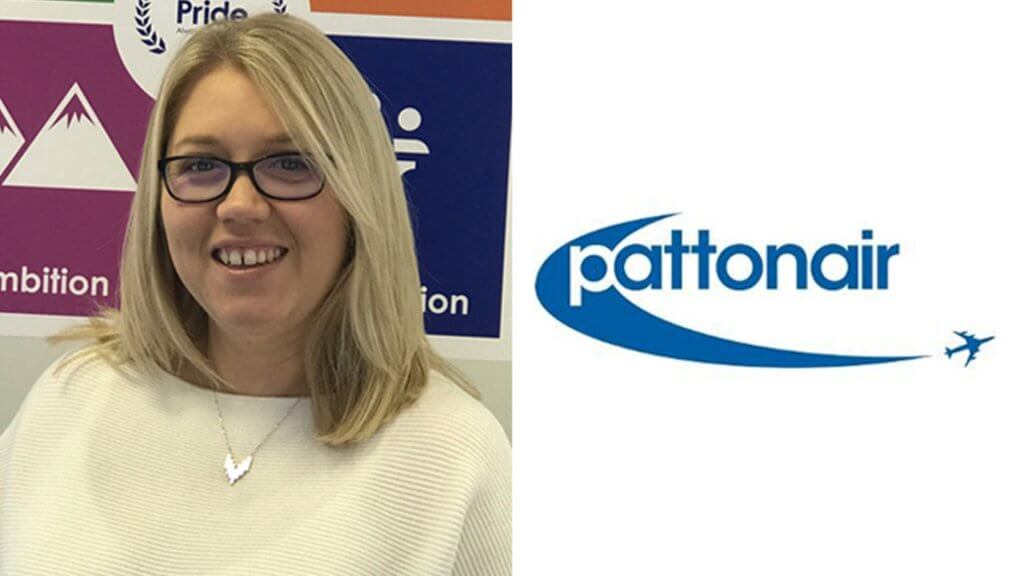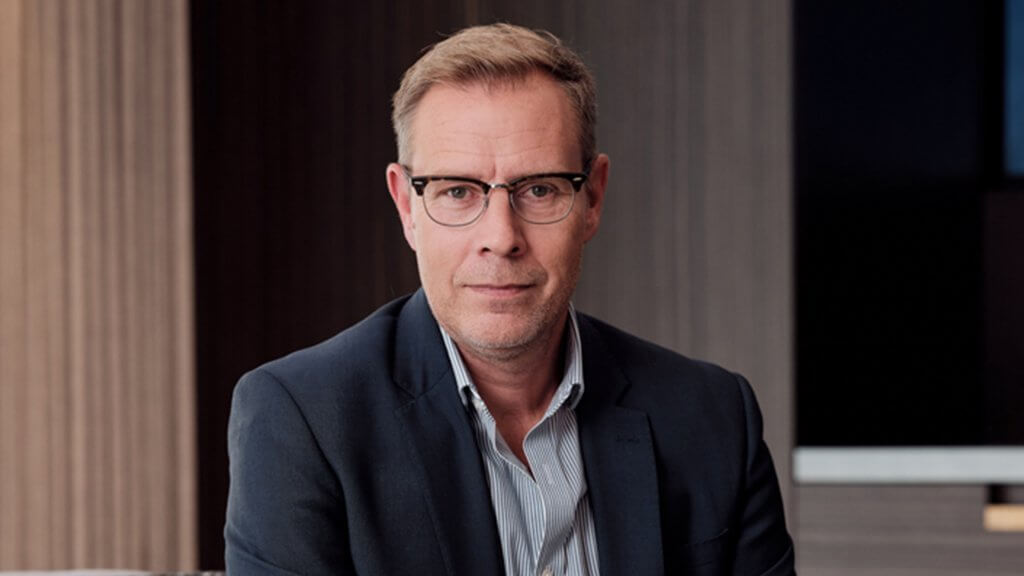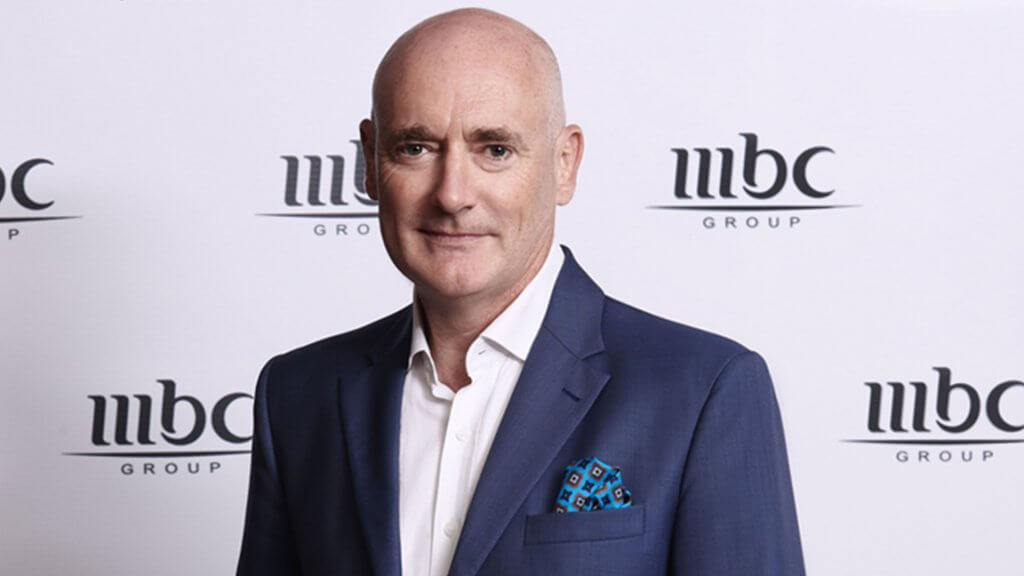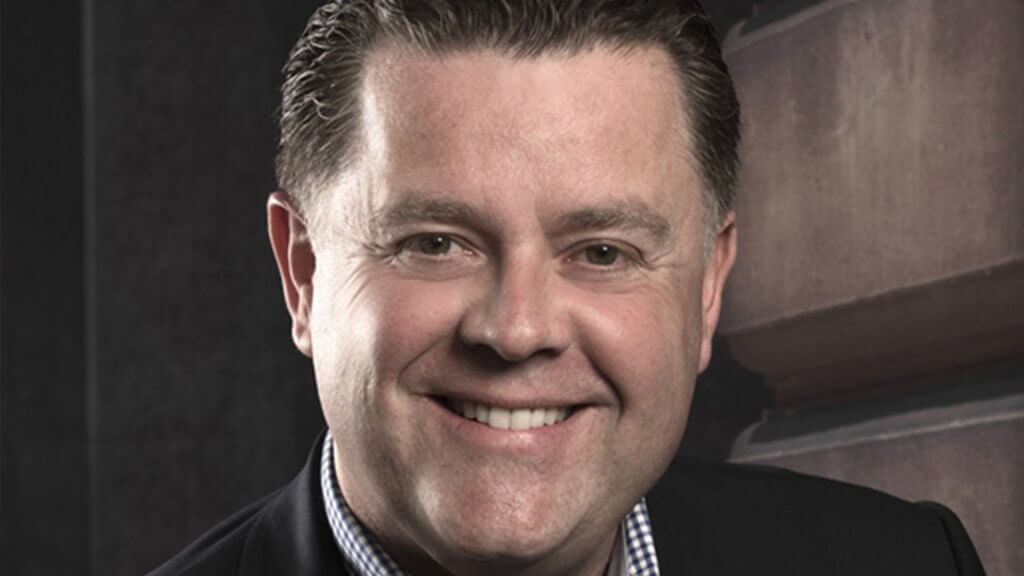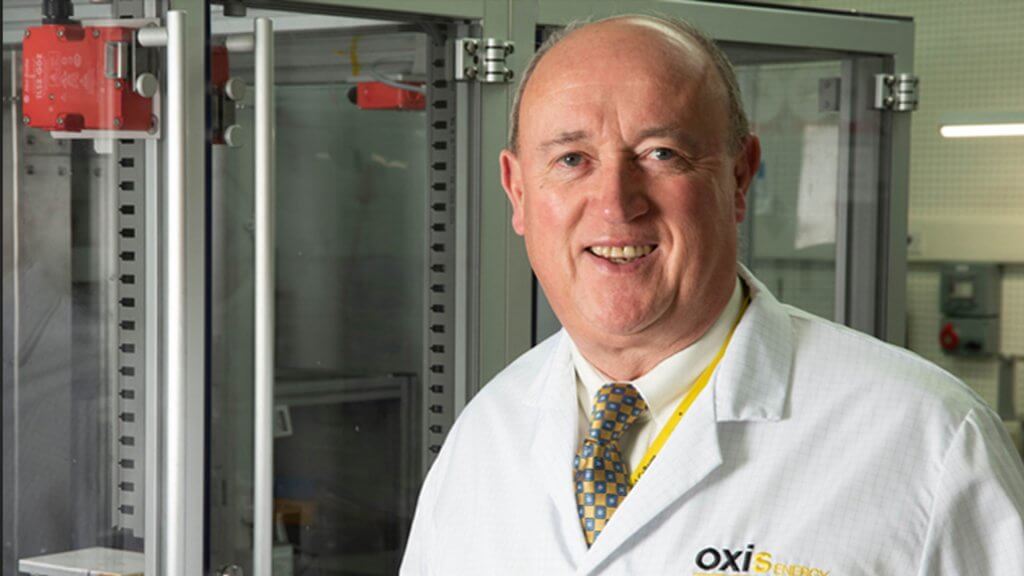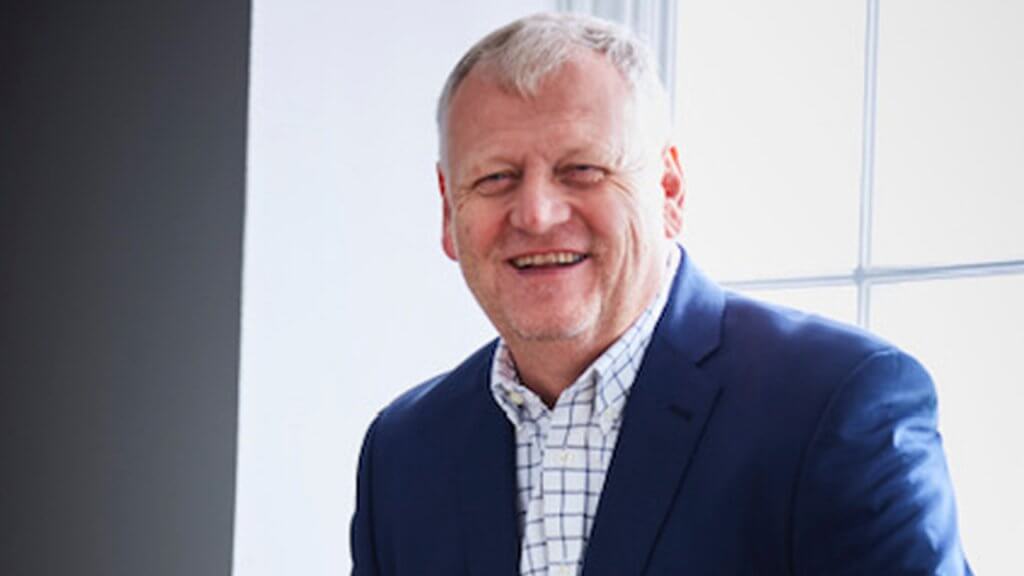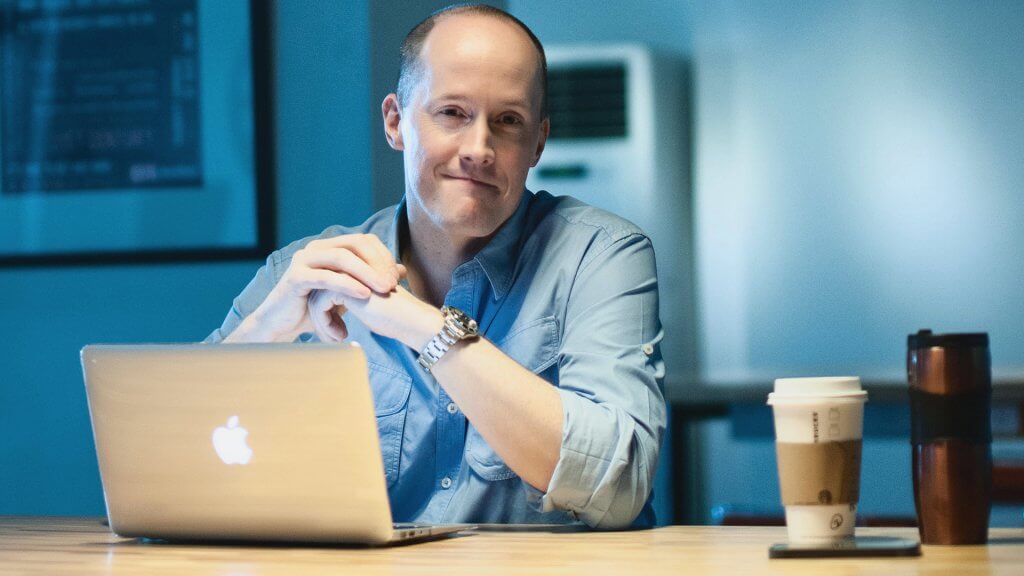Leading global aerospace company Pattonair has appointed a new Head of Marketing as it looks to consolidate its plans for long-term growth.
Explore In-Depth CEO Insights and Articles
Explore our extensive collection of articles featuring the latest insights, trends, and success stories from top business leaders. Stay informed with expert analysis and in-depth content that covers a wide range of topics in leadership and innovation. Browse now to stay ahead in the business world.

Browse Our Latest Articles
Explore the latest articles, featuring expert insights, groundbreaking innovations, and success stories from visionary business leaders. From leadership strategies to industry trends, our articles deliver the knowledge you need to stay informed and inspired. Dive in and stay ahead in the ever-evolving world of business leadership.
Bringing a wealth of experience with more than 30 years in the construction industry.
MBC Group is the largest and leading media company in the Middle East & North Africa (MENA) region. Following the success of the Group’s CEO, Sam Barnett, in the 2019 CEO of the Year programme, we take a closer look to find out more about the ...
Bowman brings more than 27 years of utility experience, currently serving as an Operating Executive at NMS Capital and a member of the Board of Directors of CLEAResult, a company working to transform energy challenges into energy efficiency soluti...
Renewtrak, a Palo Alto-based software-as-a-Service renewals enterprise business has come up with a solution that automates the famously hard nut to crack: the long tail. Here we talk to Renewtrak CEO, Nick McMenemy about Renewtrak.
OXIS Energy is developing safe, high-energy Lithium-Sulfur technology for use in rechargeable batteries for a variety of sectors, though utilised primarily in aviation, defence and security and heavy electric vehicles (HEV) applications. We took a...
We spoke with CEO Mark Ashcroft, on the back of his recognition as the ‘2019 CEO of the Year for the UK’, to find out more about the company’s extraordinary success and peerless reputation.
Following WEC Energy’s distinguished CEO, Gale Klappa, being named as the 2019 CEO of the Year for the USA, we took a closer look at this true goliath of the industry to find out more.
Swedish footballer Philip Haglund used time out of the game when he was injured to create an app to equip the next generation with financial super-skills. Now his company, Gimi, has been named one of the top 250 most promising FinTechs in the world.
With over 1.3 million business events and exhibitions taking place in the UK every year, there is likely an event being held no matter what market or niche your business fills. Exhibitions and trade shows in the UK attract over 13 million visitors...
Wildly unconventional benefits and perks have surfaced over the last few years, with research estimating that increasing happiness can boost productivity by around 12 per cent, showing the benefits of focus.
Check out our interview with Youpreneur CEO Chris Ducker
